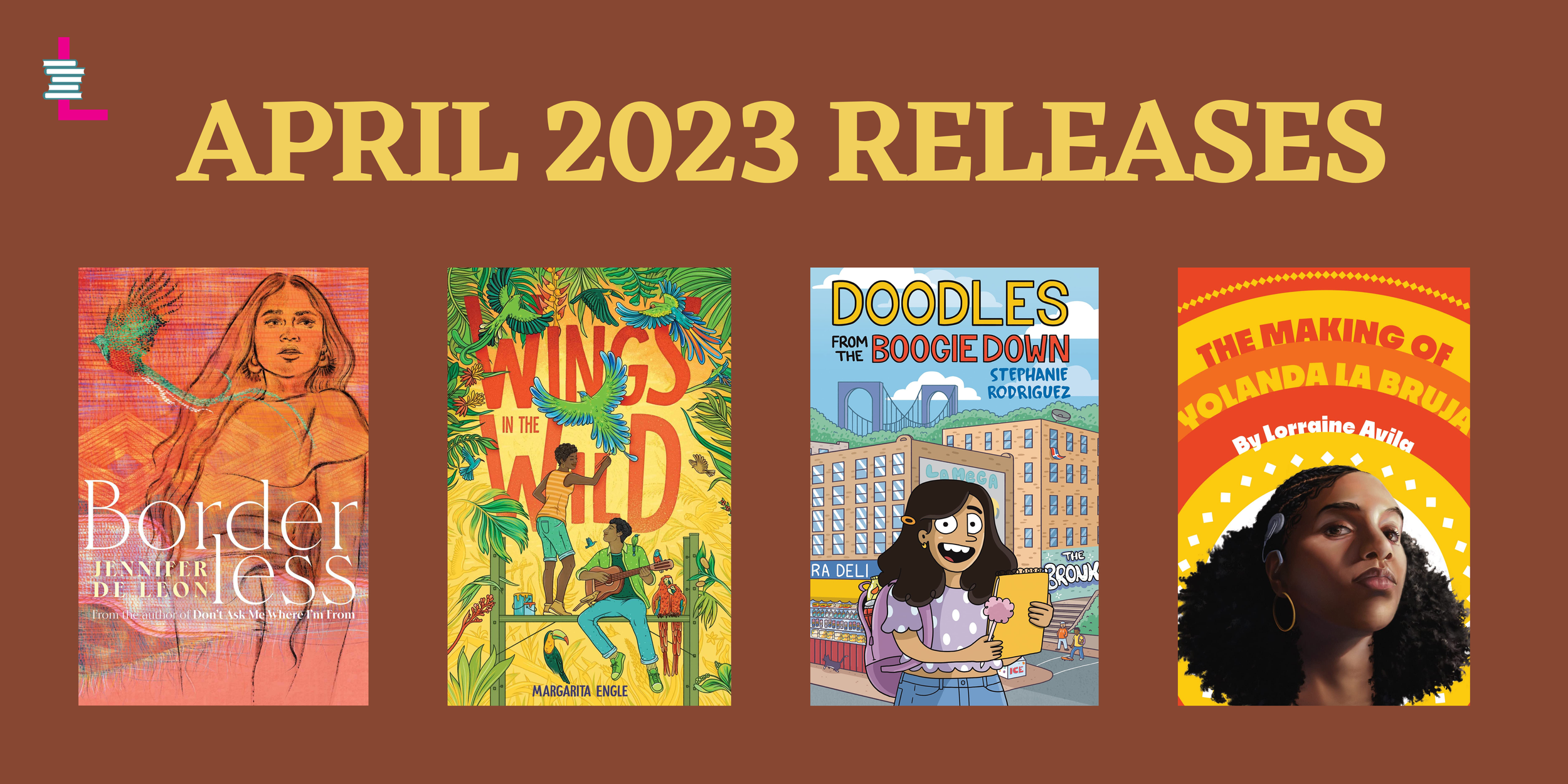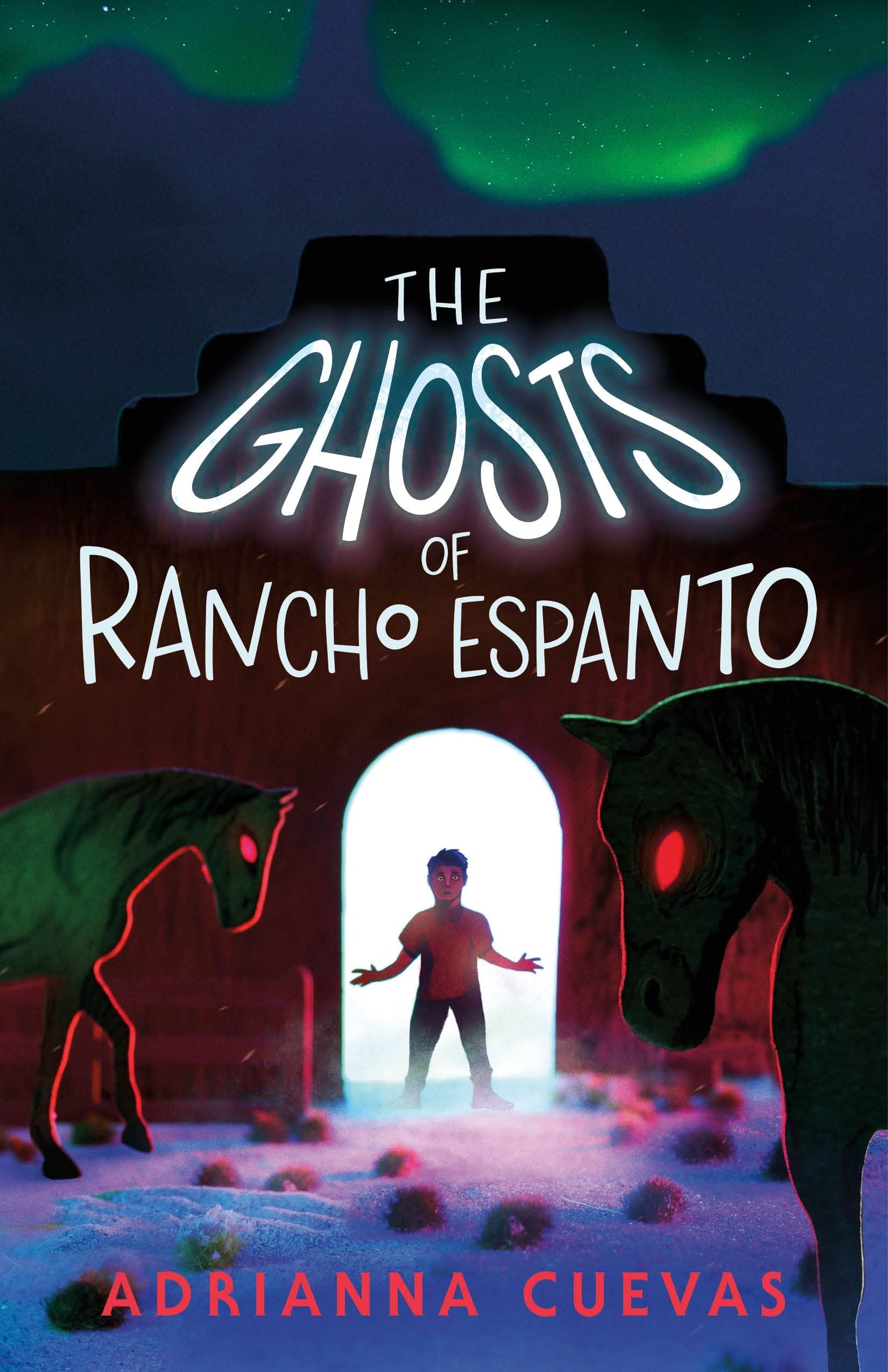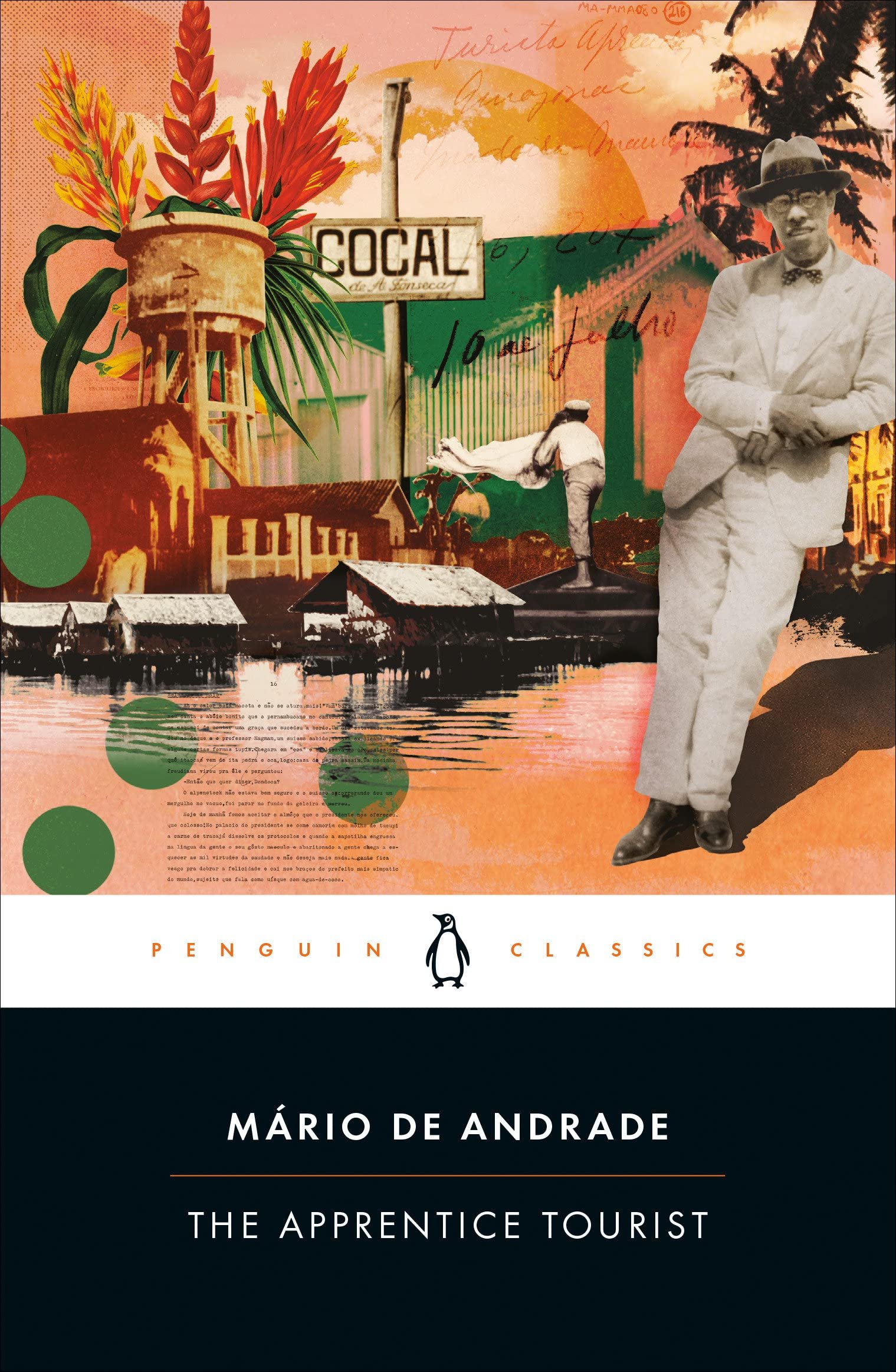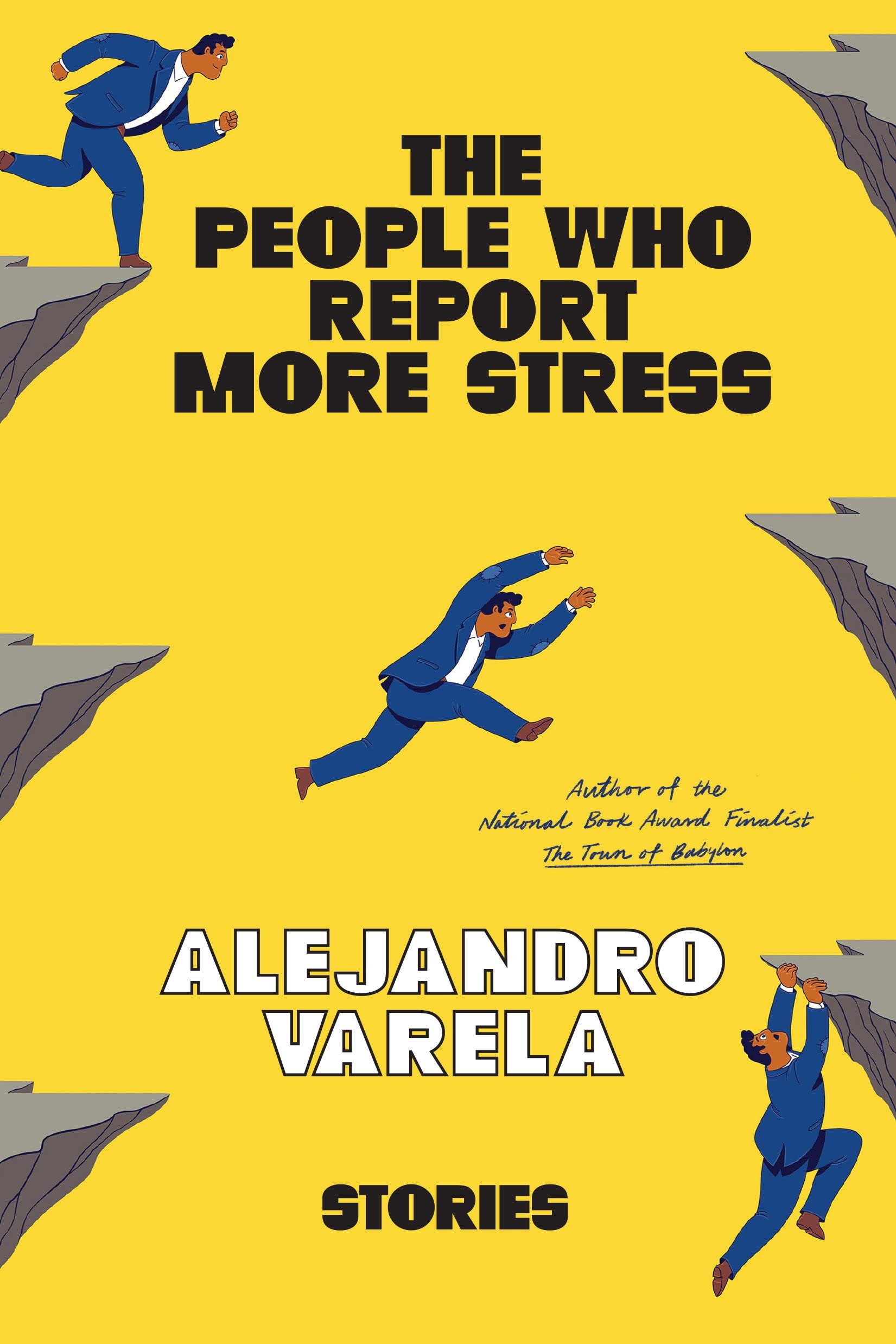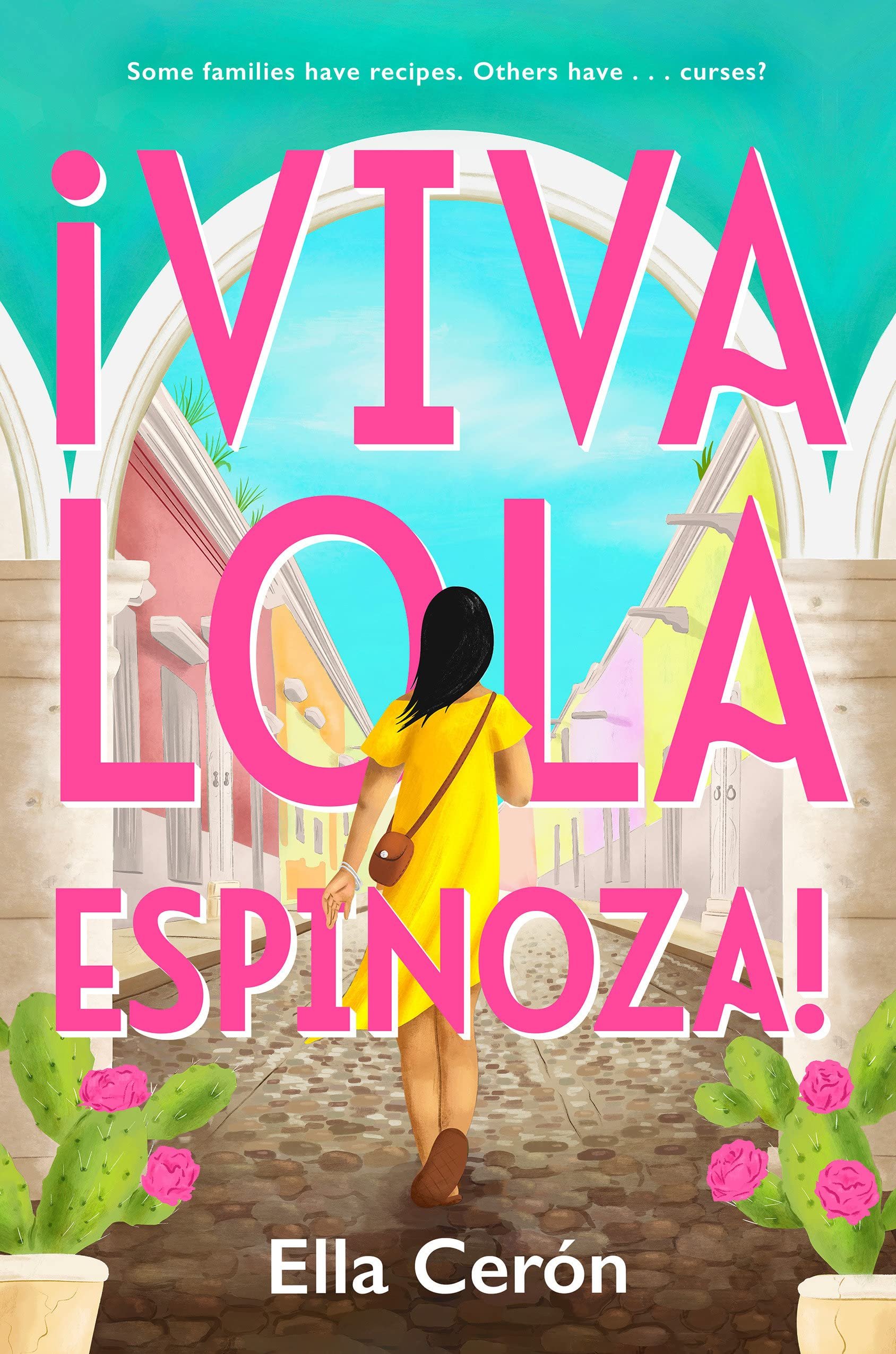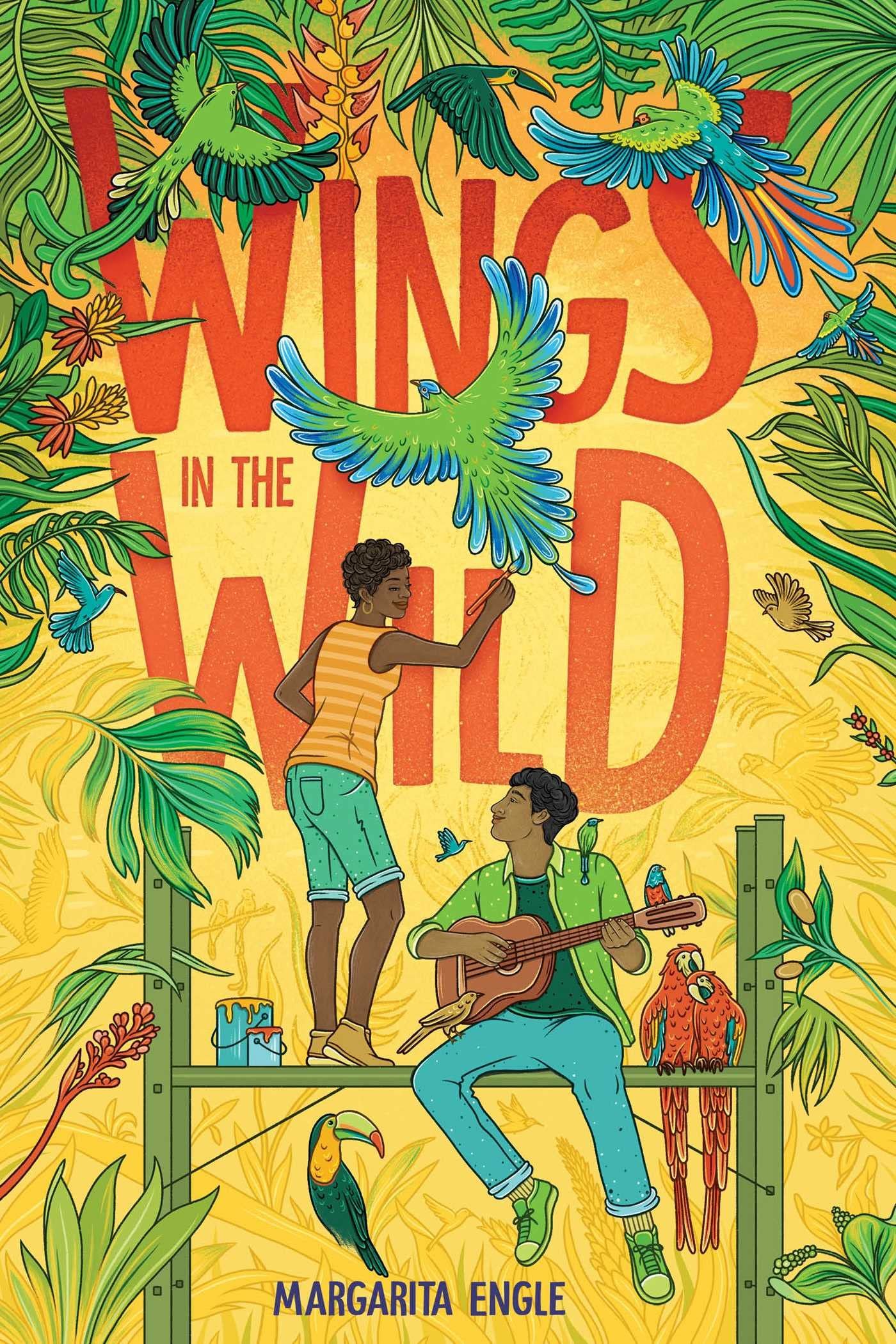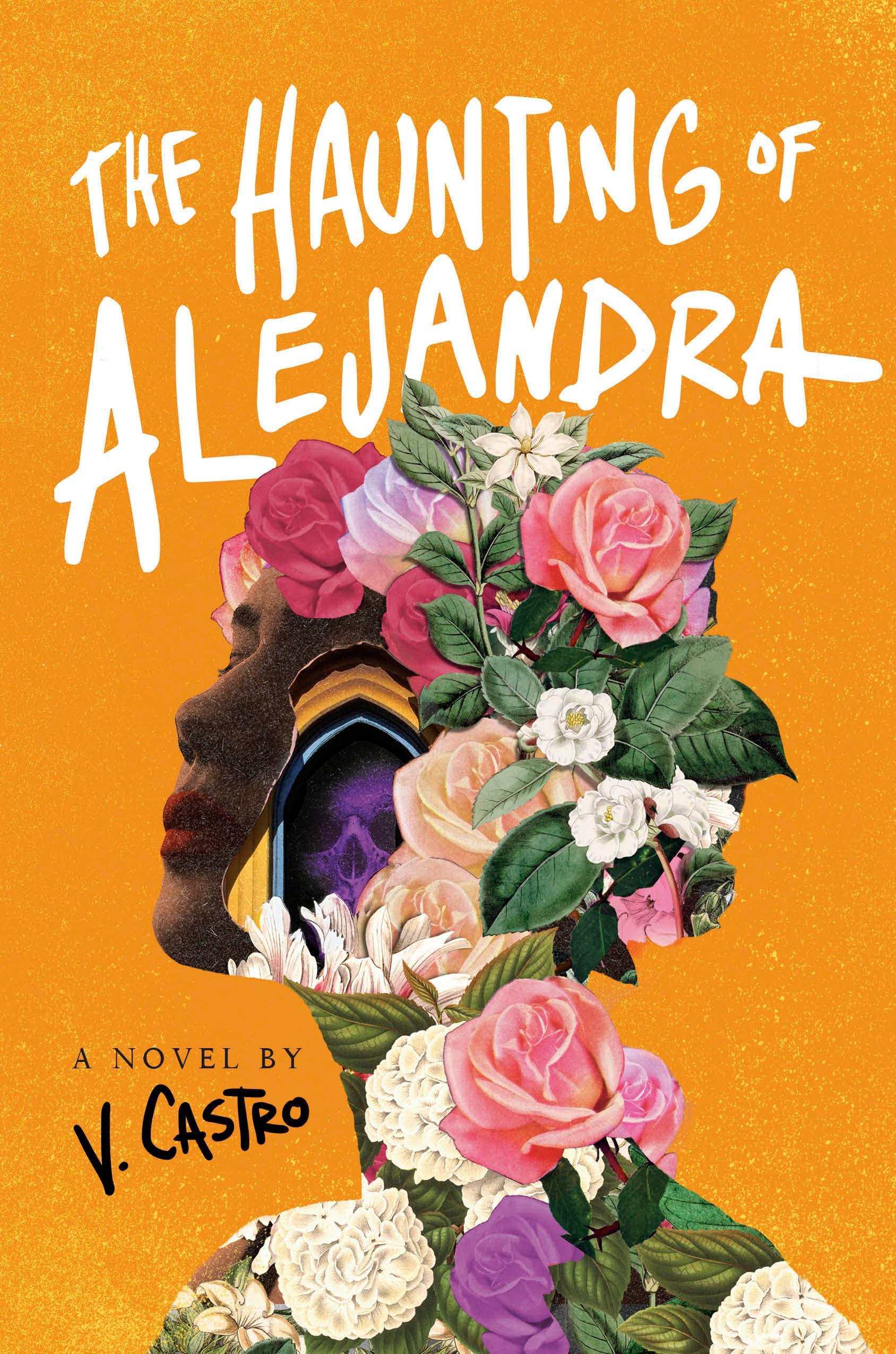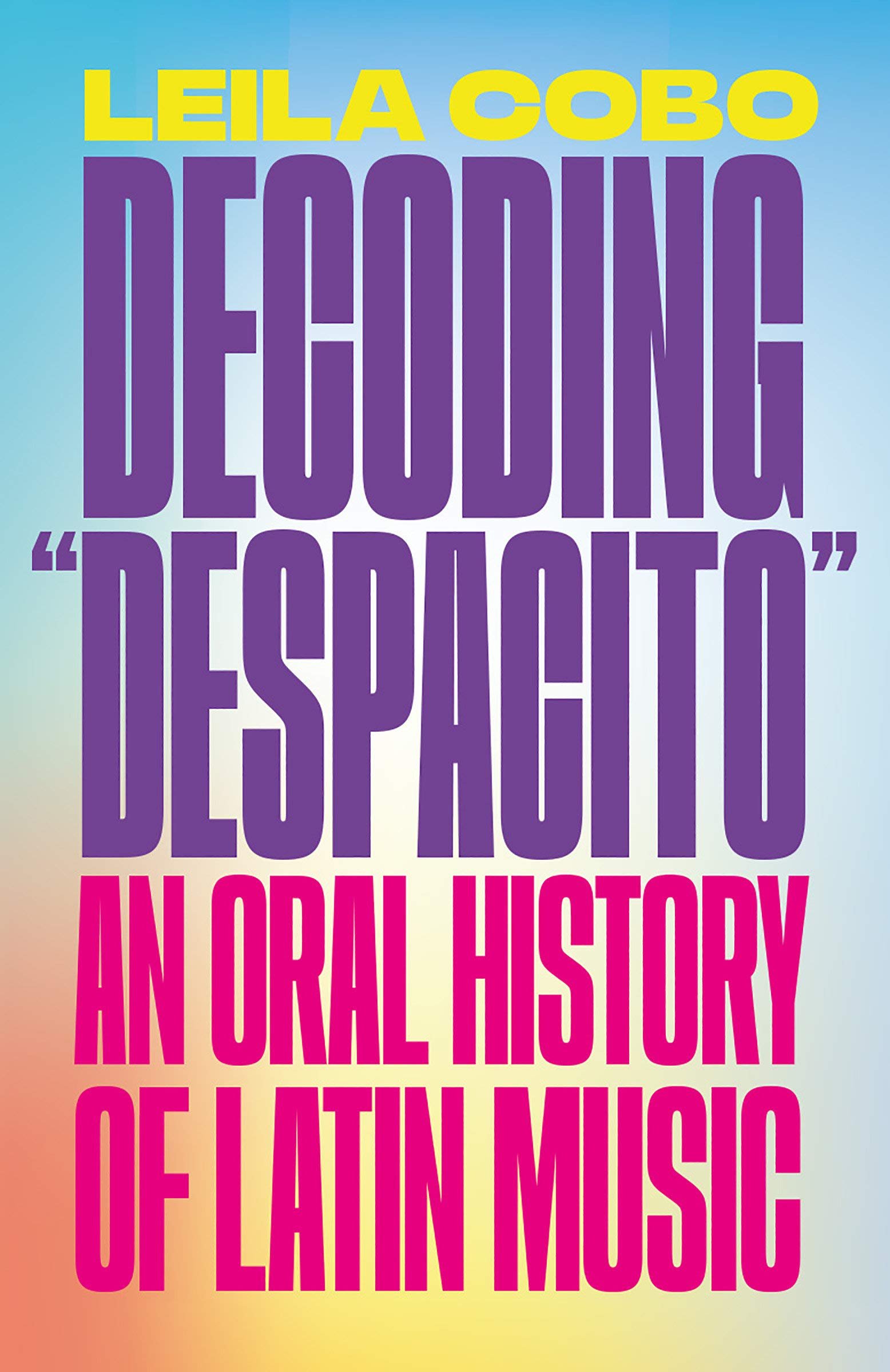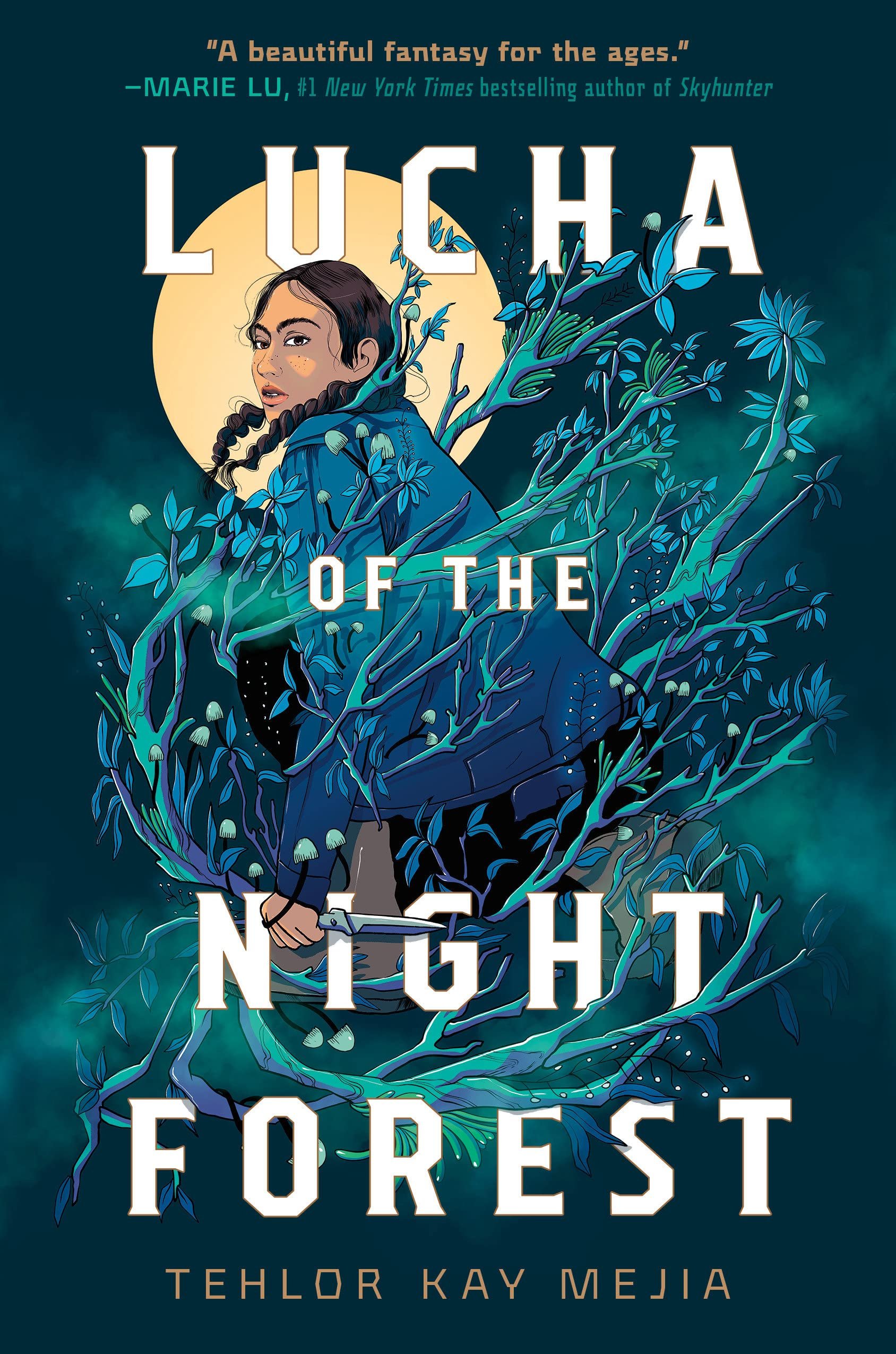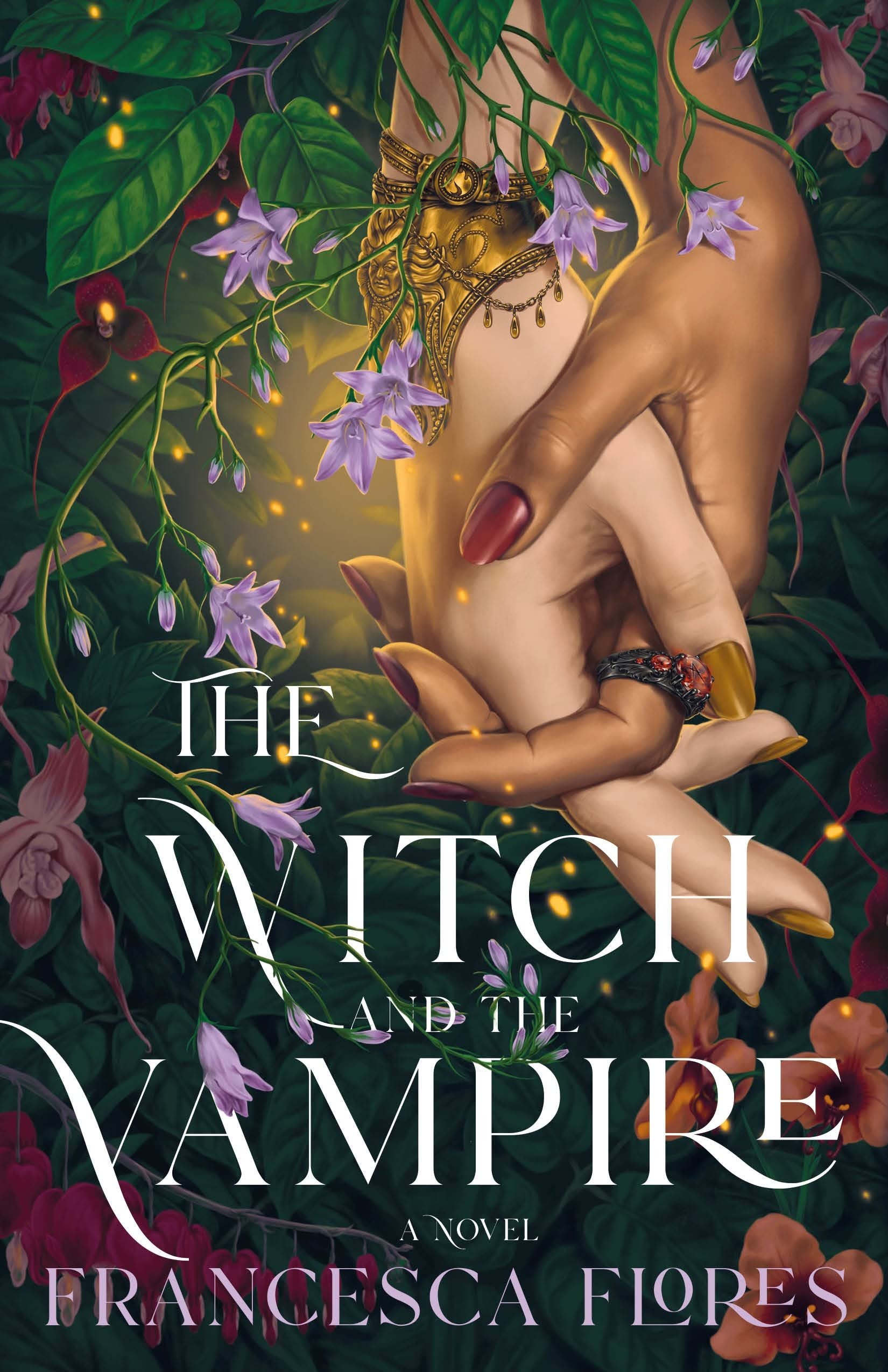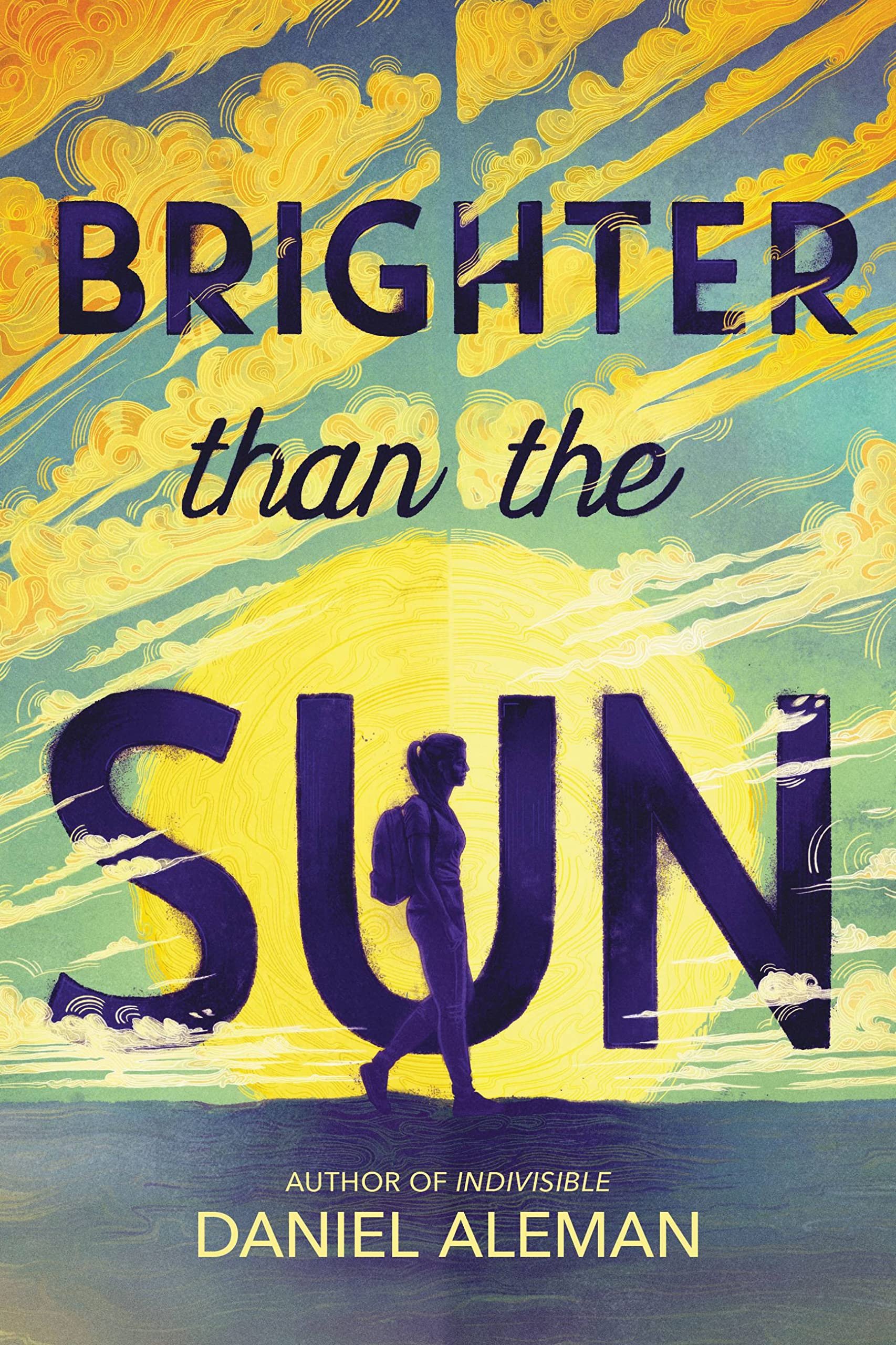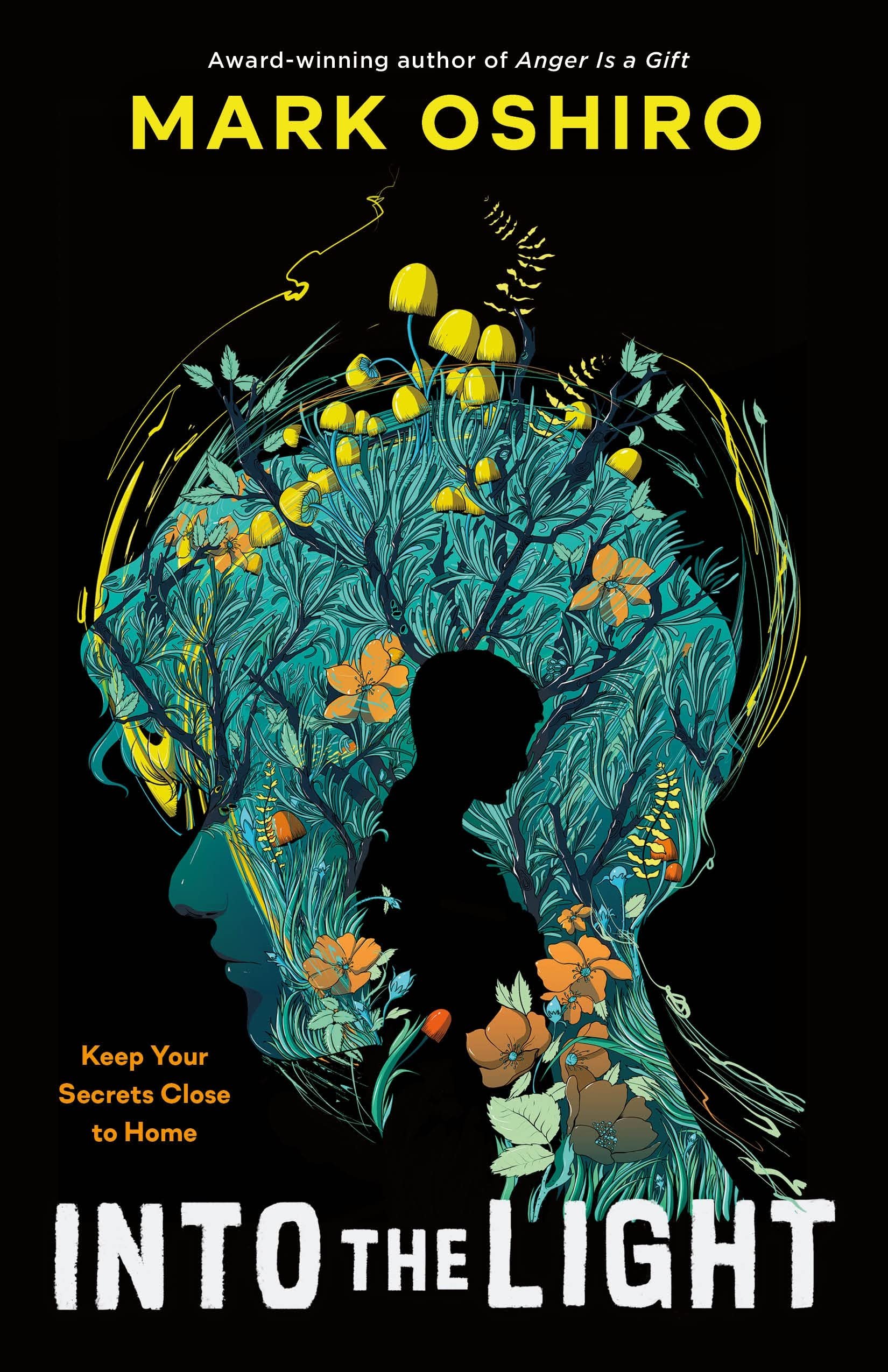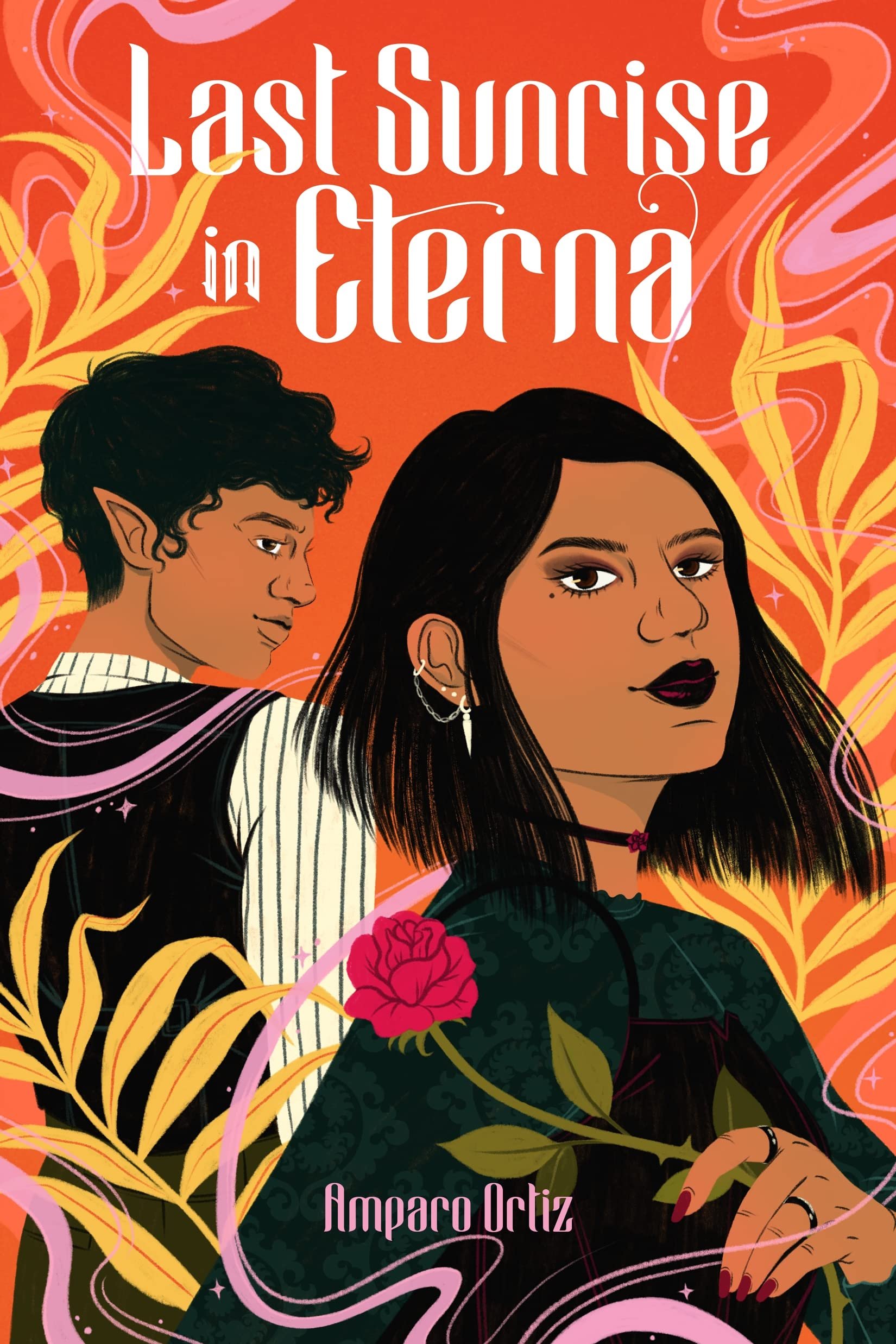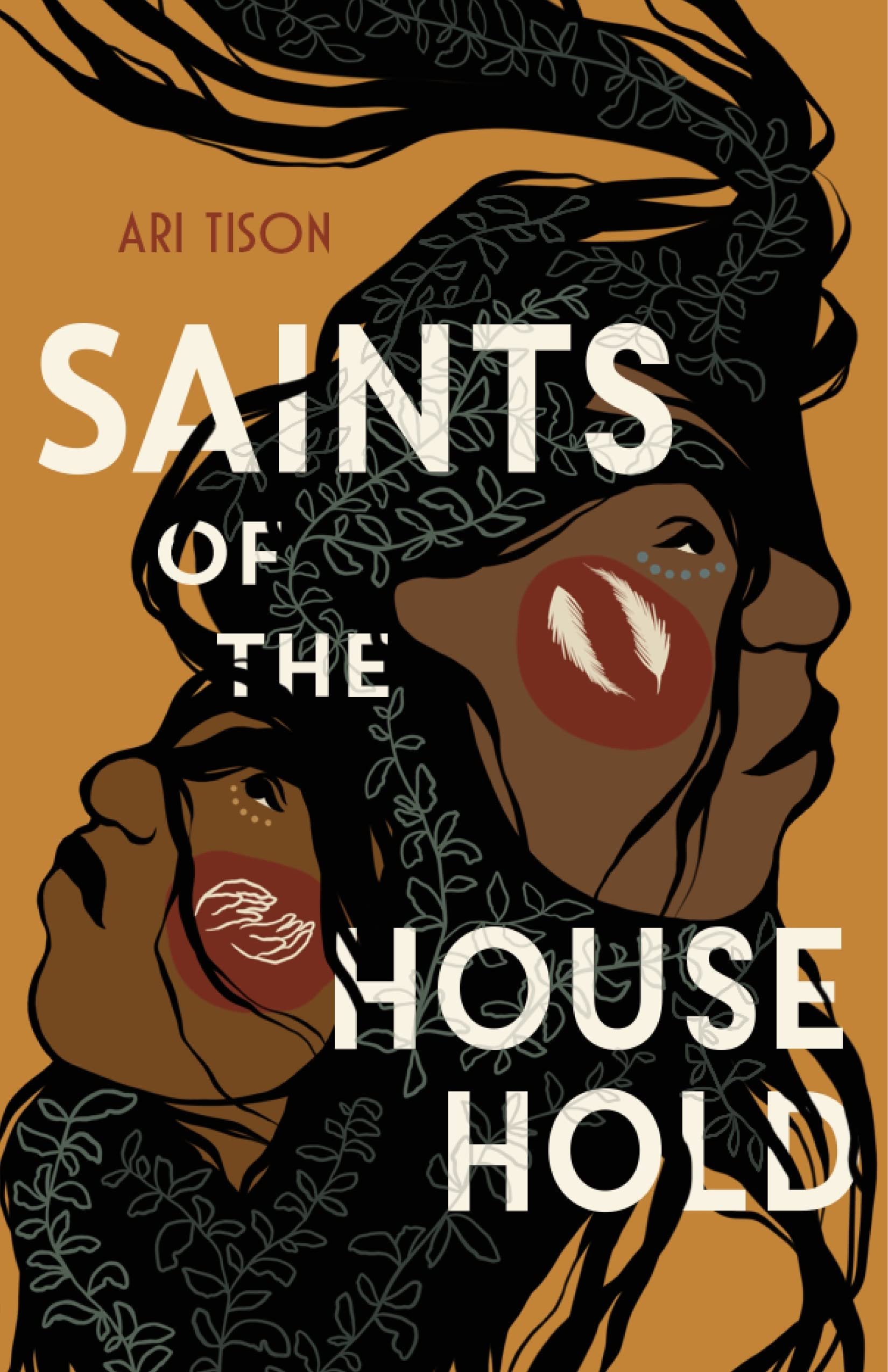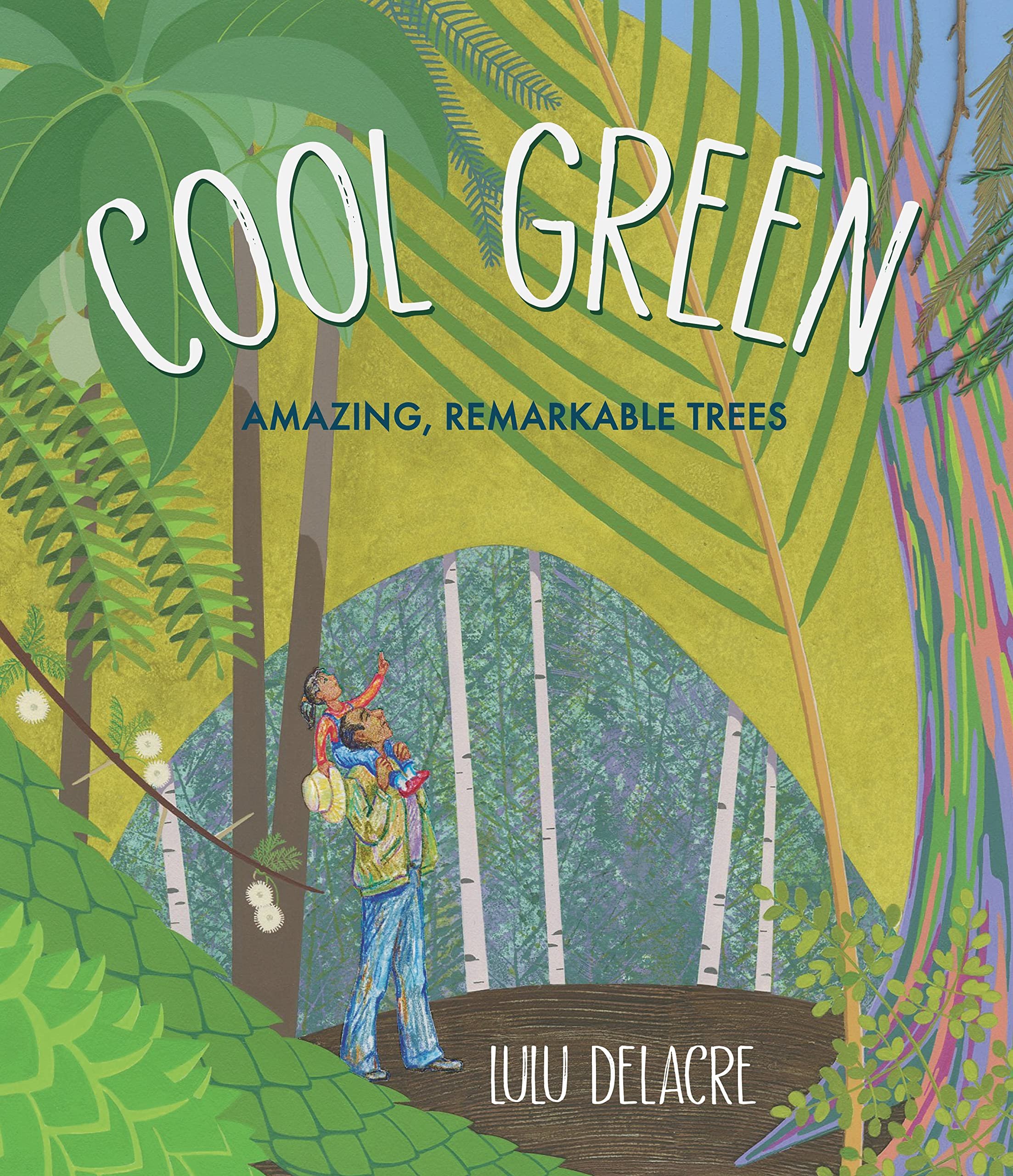ON SALE APRIL 1
Hollow Beasts by Alisa Lynn Valdés | ADULT FICTION
After a long stint in academia, Jodi Luna leaves Boston for the wilds of New Mexico to start a new life as a game warden. Jodi is no stranger to the wilderness; her family has lived here for generations. Determined to protect her homeland, she nabs a poacher in her first week on the job.
But when he retaliates by stalking Jodi and her teenage daughter, a cat and mouse game leads Jodi to a white supremacist group deep in the mountains. She learns that new recruits are kidnapping women of color to prove their mettle to the organization's leader.
When the local sheriff refuses to assist, Jodi joins up with young deputy Ashley Romero. Together, they set out to take down a terrorist network that will test not just their skills as investigators but also their knowledge of the land and commitment to its people.
But will Jodi's fierce resolve to protect the voiceless put her loved ones in harm's way?
ON SALE APRIL 4
The Ghosts of Rancho Espanto by Adrianna Cuevas | MIDDLE GRADE
Rafa would rather live in the world of The Forgotten Age, his favorite role-playing game, than face his father's increasing restrictions and his mother's fading presence. But when Rafa and his friends decide to take the game out into the real world and steal their school cafeteria's slushie machine, his dad concocts a punishment Rafa never could've imagined—a month working on a ranch in New Mexico, far away from his friends, their game, and his mom's quesitos in Miami.
Life at Rancho Espanto isn't as bad as Rafa initially expected, mostly due to Jennie, a new friend with similarly strong snack opinions, and Marcus, the veteran barn manager who's not as gruff as he appears. But when Rafa's work at the ranch is inexplicably sabotaged by a man who may not be what he seems, Rafa and Jennie explore what's behind the strange events at Rancho Espanto—and discover that the greatest mystery may have been with Rafa all along.
This Is Not Miami by Fernanda Melchor | Translated by Sophie Hughes | SHORT STORIES
Set in and around the Mexican city of Veracruz, This Is Not Miami delivers a series of devastating stories—spiraling from real events—that bleed together reportage and the author's rich and rigorous imagination. These narrative nonfiction pieces probe deeply into the motivations of murderers and misfits, into their desires and circumstances, forcing us to understand them—and even empathize—despite our wish to simply label them monsters. As in her hugely acclaimed novels Hurricane Season and Paradais, Fernanda Melchor's masterful stories show how the violent and shocking aberrations that make the headlines are only the surface ruptures of a society on the brink of chaos.
Ana María and the Fox by Liana De La Rosa | ADULT FICTION
Ana María Luna Valdés has strived to be the perfect daughter, the perfect niece, and the perfect representative of the powerful Luna family. So when Ana María is secretly sent to London with her sisters to seek refuge from the French occupation of Mexico, she experiences her first taste of freedom far from the judgmental eyes of her domineering father. If only she could ignore the piercing looks she receives across ballroom floors from the austere Mr. Fox.
Gideon Fox elevated himself from the London gutters by chasing his burning desire for more: more opportunities, more choices. For everyone. Now, as a member of Parliament, Gideon is on the cusp of securing the votes he needs to put forth a measure to abolish the Atlantic slave trade once and for all—a cause that is close to his heart as the grandson of a formerly enslaved woman. The charmingly vexing Ana María is a distraction he must ignore.
But when Ana María finds herself in the crosshairs of a nefarious nobleman with his own political agenda, Gideon knows he must offer his hand as protection . . . but will this Mexican heiress win his heart as well?
The Apprentice Tourist by Mário de Andrade |Translated by Flora Thomson-Deveaux | ADULT NONFICTION
A Brazilian masterpiece, now in English for the first time: a playfully profound chronicle of an urban sophisticate's misadventures in the Amazon.
"My life's done a somersault," wrote Mário de Andrade in a letter, on the verge of taking a leap. After years of dreaming about Amazonia, and almost fifty years before Bruce Chatwin ventured into one of the most remote regions of South America in In Patagonia, Andrade, the queer mixed-race "pope" of Brazilian modernism and author of the epic novel Macunaíma, finally embarks on a three-month steamboat voyage up the great river and into one of the most dangerous and breathtakingly beautiful corners of the world. Rife with shrewd observations and sparkling wit, and featuring more than a dozen photographs, The Apprentice Tourist not only offers an awed and awe-inspiring fish-out-of-water account of the Indigenous peoples and now-endangered landscapes of Brazil that he encounters (and, comically, sometimes fails to reach), but also traces his internal metamorphosis: The trip prompts him to rethink his ingrained Eurocentrism, challenges his received narratives about the Amazon, and alters the way he understands his motherland and the vast diversity of cultures found within it.
The People Who Report More Stress by Alejandro Varela | SHORT STORIES
A collection of humorous, sexy, and highly neurotic tales about parenting, long-term relationships, systemic and interpersonal racism, and class conflict from the author of The Town of Babylon, The People Who Report More Stress deftly and poignantly expresses the frustration of knowing the problems and solutions to our society's inequities but being unable to do anything about them.
ON SALE APRIL 11
The Making of Yolanda la Bruja by Lorraine Avila | YOUNG ADULT
Yolanda Alvarez is having a good year. She's starting to feel at home at Julia De Burgos High, her school in the Bronx. She has her best friend Victory, and maybe something with José, a senior boy she's getting to know. She's confident her initiation into her family's bruja tradition will happen soon.
But then a white boy, the son of a politician, appears at Julia De Burgos High, and his vibes are off. And Yolanda's initiation begins with a series of troubling visions of the violence this boy threatens. How can Yolanda protect her community, in a world that doesn't listen? Only with the wisdom and love of her family, friends, and community—and the Brujas Diosas, her ancestors and guides.
The Making of Yolanda La Bruja is the book this country, struggling with the plague of gun violence, so desperately needs, but which few could write. Here Lorraine Avila brings a story born from the intersection of race, justice, education, and spirituality that will capture readers everywhere.
Plátanos Are Love by Alyssa Reynoso-Morris | Illustrated by Mariyah Rahman | PICTURE BOOK
A delicious picture book about the ways plantains shape Latinx culture, community, and family, told through a young girl's experiences in the kitchen with her abuela.
With every pop of the tostones, mash of the mangú, and sizzle of the maduros, a little girl learns that plátanos are her history, they are her culture, and—most importantly—they are love.
Viva Lola Espinoza by Ella Cerón | YOUNG ADULT
Lola Espinoza is cursed in love. Well, maybe not actually cursed—magic isn't real, is it? When Lola goes to spend the summer with her grandmother in Mexico City and meets handsome, flirtatious Rio, she discovers the unbelievable truth: Magic is very real, and what she'd always written off as bad luck is actually, truly . . . a curse. If Lola ever wants to fall in love without suffering the consequences, she'll have to break the curse. She finds an unlikely curse-breaking companion in Javi, a seemingly stoic boy she meets while working in her cousin's restaurant. Javi is willing to help Lola look into this family curse of hers, and Lola needs all the help she can get. Over the course of one summer—filled with food, family, and two very different boys—Lola explores Mexico City while learning about herself, her heritage, and the magic around us all.
Our Roof Is Blue by Sara E. Echenique | Illustrated by Ashley Vargas | PICTURE BOOK
This heartfelt story of resilience follows two siblings as they work to recover and rebuild after Hurricane Maria destroys their home in Puerto Rico.
Before an intense hurricane hits their home in Puerto Rico, Antonio told his sister vibrant stories each night. During the storm, they huddled with their parents in a closet and hear the storm blow the roof right off their home. After the storm, their family uses a temporary blue tarp for a roof, and Antonio stops speaking. Gradually the siblings imagine their blue roof playfully—as the ocean above them or a parachute helping them fall from the sky. As the narrator helps her little brother feel safe once more—and after the family and community build a new roof—the little boy begins to speak again.
ON SALE APRIL 18
Wings in the Wild by Margarita Engle | YOUNG ADULT
This gorgeously romantic contemporary novel-in-verse from award-winning author Margarita Engle tells the inspiring love story of two teens fighting for climate action and human rights.
Winged beings are meant to be free. And so are artists, but the Cuban government has criminalized any art that doesn't meet their approval. Soleida and her parents protest this injustice with their secret sculpture garden of chained birds. Then a hurricane exposes the illegal art, and her parents are arrested.
Soleida escapes to Central America alone, joining the thousands of Cuban refugees stranded in Costa Rica while seeking asylum elsewhere. There she meets Dariel, a Cuban American boy whose enigmatic music enchants birds and animals—and Soleida.
Together they work to protect the environment and bring attention to the imprisoned artists in Cuba. Soon they discover that love isn't about falling—it's about soaring together to new heights. But wings can be fragile, and Soleida and Dariel come from different worlds. They are fighting for a better future—and the chance to be together.
Manolo & the Unicorn by Jackie Azúa Kramer & Jonah Kramer | Illustrated by Zach Manbeck | PICTURE BOOK
A story about seeing and believing wholeheartedly in the extraordinary—unicorns and oneself
To Manolo the world is a magical place—a place where he searches for the most magical creature of all: a unicorn. Manolo loves unicorns. When the Wild Animal Parade is announced at school, and Manolo declares that he will come as his favorite animal, his classmates say there is no such thing as unicorns, making the world feel ordinary. That is, until Manolo meets a real unicorn—wild and graceful—and discovers that the world is truly extraordinary.
Felice and the Wailing Woman by Diana López | MIDDLE GRADE
When Felice learns that she's the daughter of La Llorona, she catches a ride to the magical town of Tres Leches, where her mother is said to be haunting the river. Growing up with her uncle Clem in Corpus Christi, Felice knew that she had been rescued from drowning—it's where her intense fear of water comes from—but she had no idea her mother remained trapped between worlds, looking for her. Guided by the magical town's eccentric mayor, Felice vows to help her mother make peace with the events that turned her into the most famous monstruo of US-Mexico border lore. Along the way, she meets the children of other monstruos, like La Lechuza and the Dancing Devil, and together they free Tres Leches from magical and metaphorical curses that have haunted its people for generations.
Tumble by Celia C. Pérez | MIDDLE GRADE
NOW IN PAPERBACK
Twelve-year-old Adela "Addie" Ramírez has a big decision to make when her stepfather proposes adoption. Addie loves Alex, the only father figure she's ever known, but with a new half brother due in a few months and a big school theater performance on her mind, everything suddenly feels like it's moving too fast. She has a million questions, and the first is about the young man in the photo she found hidden away in her mother's things.
Addie's sleuthing takes her to a New Mexico ranch, and her world expands to include the legendary Bravos: Rosie and Pancho, her paternal grandparents and former professional wrestlers; Eva and Maggie, her older identical twin cousins who love to spar in and out of the ring; Uncle Mateo, whose lucha couture and advice are unmatched; and Manny, her biological father, who's in the midst of a career comeback. As luchadores, the Bravos's legacy is strong. But being part of a family is so much harder—it's about showing up, taking off your mask, and working through challenges together.
The Haunting of Alejandra by V. Castro | ADULT FICTION
Alejandra no longer knows who she is. To her husband, she is a wife, and to her children, a mother. To her own adoptive mother, she is a daughter. But they cannot see who Alejandra has become: a woman struggling with a darkness that threatens to consume her.
Nor can they see what Alejandra sees. In times of despair, a ghostly vision appears to her, the apparition of a crying woman in a ragged white gown.
When Alejandra visits a therapist, she begins exploring her family's history, starting with the biological mother she never knew. As she goes deeper into the lives of the women in her family, she learns that heartbreak and tragedy are not the only things she has in common with her ancestors.
Because the crying woman was with them, too. She is La Llorona, the vengeful and murderous mother of Mexican legend. And she will not leave until Alejandra follows her mother, her grandmother, and all the women who came before her into the darkness.
But Alejandra has inherited more than just pain. She has inherited the strength and the courage of her foremothers—and she will have to summon everything they have given her to banish La Llorona forever.
The Fitful Sleep of Immigrants by Orlando Ortega-Medina | ADULT FICTION
Attorney Marc Mendes, the estranged son of a prominent rabbi and a burned-out lawyer with addiction issues, plots his exit from the big city to a more peaceful life in idyllic Napa Valley. But before realizing his dream, the US government summons his Salvadoran life partner Isaac Perez to immigration court, threatening him with deportation.
As Marc battles to save Isaac, his world is further upended by a dark and alluring client who aims to tempt him away from his messy life. Torn between his commitment to Isaac and the pain-numbing escapism offered by his client, Marc is forced to choose between the lesser of two evils while confronting his twin demons of past addiction and guilt over the death of his first lover.
ON SALE APRIL 25
Doodles from the Boogie Down by Stephanie Rodriguez | MIDDLE GRADE
A young Dominican girl navigates middle school, her strict mother, shifting friendships, and her dream of being an artist in this debut coming-of-age graphic novel inspired by the author's tween years.
Eighth grade in New York City means one thing: It's time to start applying to high schools! While her friends are looking at school catalogs and studying for entrance exams, Steph is doodling in her notebook and waiting for art class to begin. When her art teacher tells her about LaGuardia High School of Music & Art and Performing Arts, Steph desperately wants to apply. But she's in the Bronx, and LaGuardia is a public school in Manhattan—which her mom would not approve of. Steph comes up with a plan that includes lying to her mom, friends, and teachers. Keeping secrets isn't easy, and Steph must decide how far she'll go to get what she wants.
Borderless by Jennifer de Leon | YOUNG ADULT
Caught in the crosshairs of gang violence, a teen girl and her mother set off on a perilous journey from Guatemala City to the US border in this heart-wrenching young adult novel from the author of Don't Ask Me Where I'm From.
For seventeen-year-old Maya, trashion is her passion, and her talent for making clothing out of unusual objects landed her a scholarship to Guatemala City's most prestigious art school and a finalist spot in the school's fashion show. Mamá is her biggest supporter, taking on extra jobs to pay for what the scholarship doesn't cover, and she might be even more excited than Maya about what the fashion show could do for her future career.
So when Mamá doesn't come to the show, Maya doesn't know what to think. But the truth is worse than she could have imagined. The gang threats in their neighborhood have walked in their front door—with a boy Maya considered a friend, or maybe more, among them. After barely making their escape, Maya and her mom have no choice but to continue their desperate flight all the way through Guatemala and Mexico in hopes of crossing the US border.

